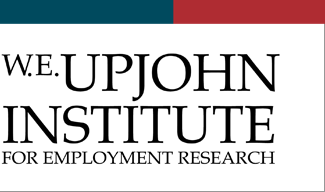Federal Programs and Regional Needs: Insights from the H-2A Program and its Effects on the West Coast, Southeast and Northeast Regions of the United States
Publication Date
4-19-2022
Grant Type
Early Career Research Award
Description
The current proposal that would affect agricultural temporary foreign workers is the Farm Workforce Modernization Act (FWMA). The FWMA makes significant changes to the US federal agricultural temporary foreign workers program (TFWP), also known as the H-2A program. Understanding the current effects, and potential future ones, of this program is important for several reasons. First, the H-2A program bears significant costs to users. Therefore, only employers who have funds enough for paying, transporting and housing H-2A workers can use this TFWP. This exclusivity means that consolidation in agriculture may be occurring at a faster pace, against the backdrop of an ongoing labor shortage. At the same time, H-2A workers are likely to be exposed to monopsony. Second, the undocumented workforce in the US is shrinking (Prassl and Cohen 2019), with an estimated 60% of farmworkers who labor without authorization (Hernandez and Gabbard 2018). Moreover, their average age is rising fast – 42 years of age in 2019, and they tend to be more settled (USDA Economic Research Service 2021). Third, new arrivals from Mexico to the U.S. have reached an all-time low because of decreasing fertility rates and rising educational levels in rural Mexico, improved employment prospects (pre-COVID) in the Mexican non-agricultural sector, and the ongoing militarization of the border (Hanson et al. 2017; Taylor et al. 2012). For all these reasons, the current agricultural labor shortage is real, resulting in high wages and an increased use of the H-2A program (Richards 2018; Hertz and Zahniser 2013; Zahniser et al. 2018; Rutledge and Taylor 2019; Luckstead and Devadoss 2019). Additionally, evidence suggests that H-2A workers are more prone than local undocumented farmworkers to seeing their rights violated (Martin et al 2021; Bacon 2021; Centro de los Derechos del Migrante 2021). Thus, investigating the use and effects of the H-2A program merits prompt attention.

